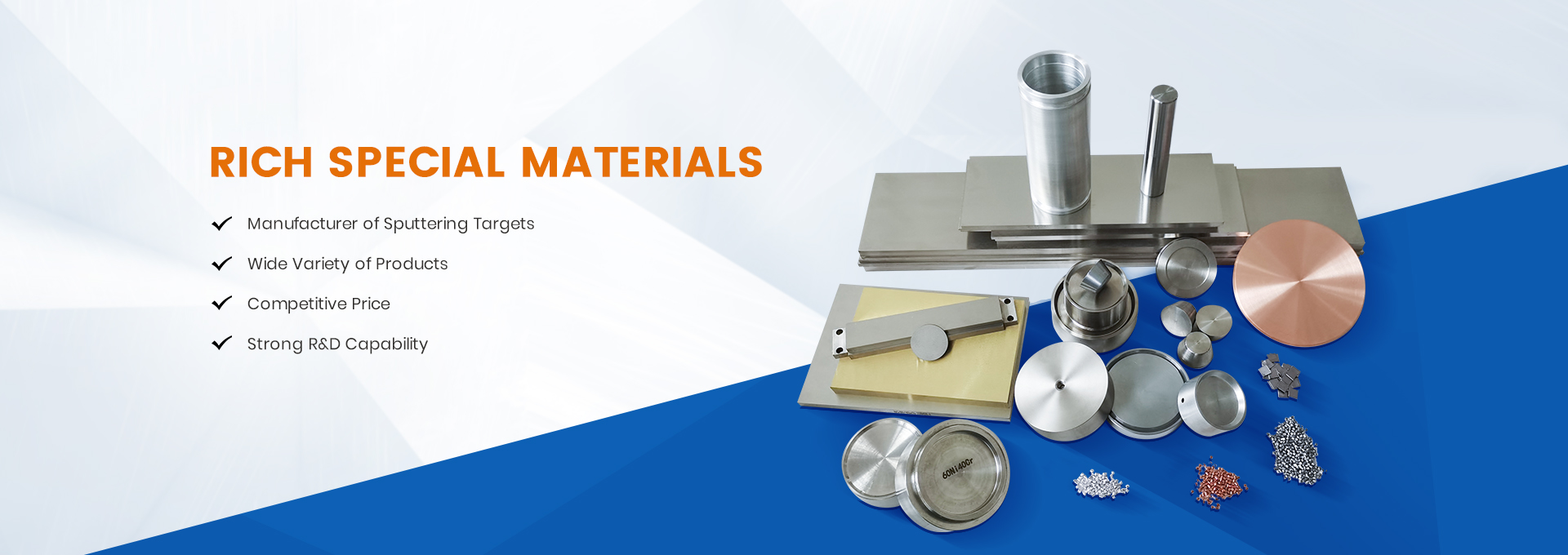In order to obtain qualified copper alloy castings, qualified copper alloy liquid must be obtained first. The smelting of copper alloy is one of the keys to obtain high-quality copper gold-bearing castings. One of the main reasons for the common defects of copper alloy castings, such as unqualified mechanical properties, porosity, oxidation slag inclusion, segregation, etc., is improper smelting process control. Requirements for the quality of copper alloy liquid include the following aspects.
(1) Strictly control the chemical composition of the alloy. The composition directly affects the structure and properties of the alloy, in the dosing to understand the composition of various grades of copper alloy fluctuation range and the burning loss of elements, easy to burn the elements to appropriately improve their proportioning ratio.
(2) Pure copper alloy liquid. To prevent the alloy from inhaling and oxidizing during the melting process, the charge and tools must be preheated and dried, and the crucible must be preheated to dark red (above 600C) before use to avoid bringing in water and causing aspiration. Covering agent must be added to some copper alloy liquid to prevent or reduce the oxidative burning loss of elements and avoid oxidation slag inclusion in castings.
(3) Strictly control the melting and pouring temperature. The high melting temperature is easy to cause the alloy to inhale, and the oxidation slag inclusion will increase, especially for aluminum bronze. When the casting temperature is too high, pores will be caused, especially for tin-phosphorus bronze.
(4) Prevent segregation of alloying elements. Due to the large difference in the density and melting point of various elements, the crystallization characteristics of the alloy are also different, which is easy to cause specific gravity segregation and reverse segregation, such as the specific gravity segregation of lead bronze is particularly obvious, and the reverse segregation of tin phosphorus bronze is also obvious. Therefore, technological measures must be taken to prevent segregation. In order to obtain qualified copper alloy liquid, it is necessary to master all aspects of the melting process, such as charge preparation, charging order, preventing the absorption of gas, using effective flux, deoxidation, refining, strictly controlling the melting temperature and pouring temperature, adjusting the chemical composition. Copper alloy will be accompanied by serious oxidation and inspiratory phenomena during melting, especially when it is overheated. Copper alloy oxides (such as Cu₂O) can be dissolved in the copper liquid, in order to reduce the CuO in the copper liquid, the appropriate amount of deoxygenation agent to remove oxygen. The suction capacity of copper alloy liquid is very strong, water vapor and oxygen are the main reasons for the porosity of copper alloy, and the process of removing gas during smelting is called “degassing”. The process of removing insoluble oxide inclusions from copper alloys is called “refining”. When copper alloy is melting, especially in the case of overheating, the suction is particularly serious, so it is necessary to strictly control the melting temperature and implement the principle of “rapid melting”. Various copper alloys contain both high melting point and chemical stability of alloying elements (such as Fe, Mn, Ni, etc.), but also contain low melting point and chemical properties of active alloying elements (such as Al, Zn, etc.), the density of various elements is also large, copper alloy melting process is more complex, all kinds of copper alloy melting process difference is also large, so the smelting should pay attention to the order of feeding, Raw materials and recharging materials should be strictly classified and managed, especially the recharging materials should be strictly prevented from unqualified chemical composition due to mixing.
The general process of copper alloy melting is: preparation of charge before melting, preheating of crucible, feeding melting, deoxidation, refining, degassing, adjustment of chemical composition and temperature, scraping slag, pouring. The above process is not exactly the same for each copper alloy, such as tin bronze is generally refined without flux, and brass is generally not deoxidized.
Post time: Nov-10-2023



